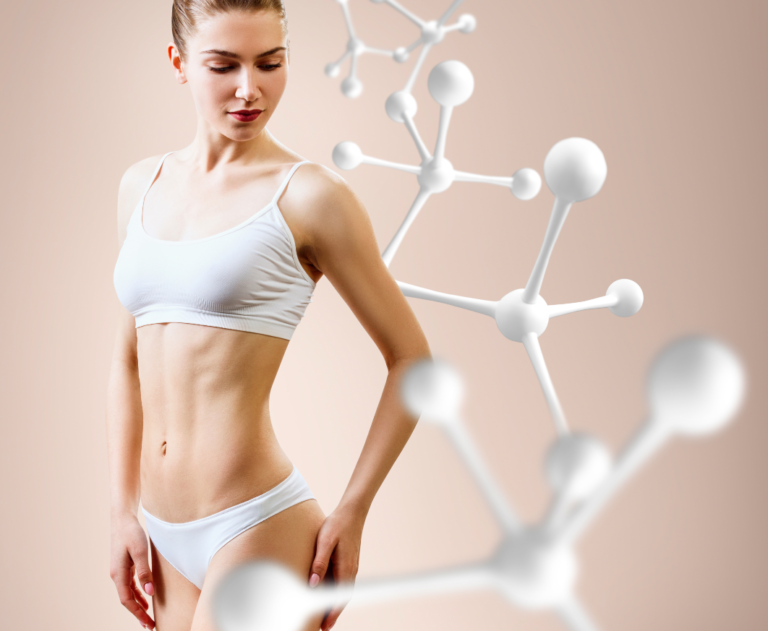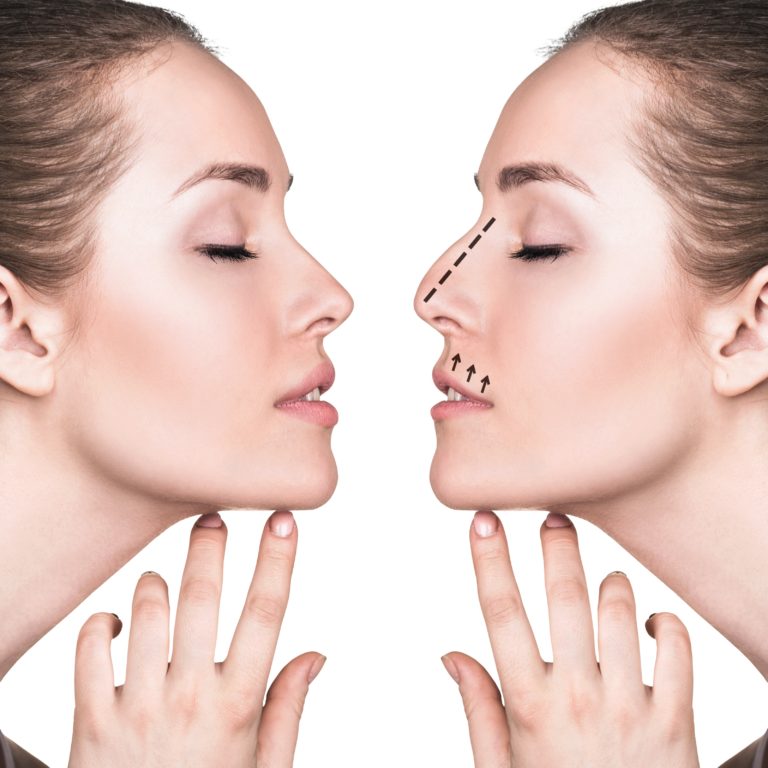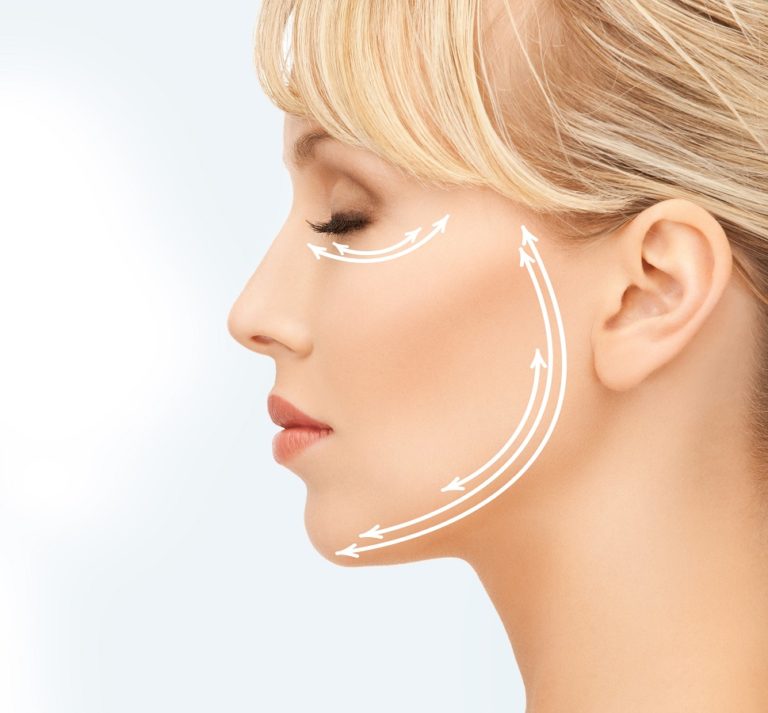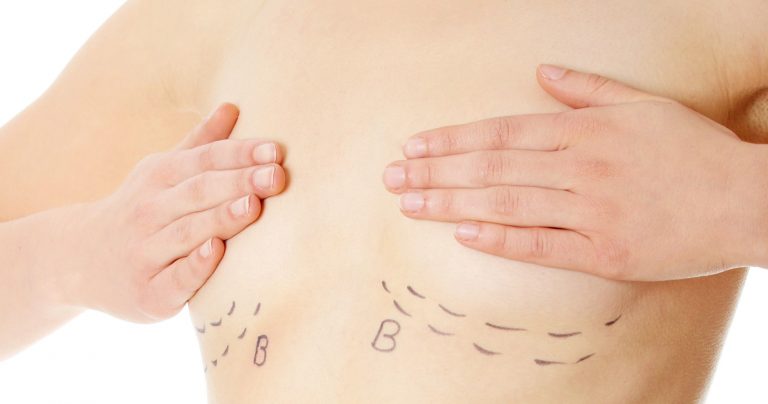Πλαστική Χειρουργική • 06 Ιούλ 2018
Modern advances in breast implants
Following the controversies relating to breast implants in the early nineties, attention was finally directed to not only the device itself but also to the fact that breast implant manufacturers weren’t really listening to plastic surgeons and their patients. Silicone breast implants were taken off the market and studied for over 10 years returning to the market in late 2006 with significant improvements. However, the word silicone certainly still leaves a bad taste in some people’s mouths as they continue to believe that silicone causes breast cancer and autoimmune diseases among other myths and scary terms. The truth is, silicone as a material was never proven to cause breast cancer or autoimmune disease, however, silicone implants did not last long enough, which clinically manifested itself as a “silent rupture”. And neither surgeons nor manufacturers were educating patients that they would, at some point, need to have another operation to replace their breast implants.
Many advances have been made in breast Implants in the last decade. Not so much in the chemical nature of the gel but in its fill volume and cohesivity. Protecting the shell certainly makes it last longer. As a result, there is very little rippling and wrinkling. Therefore, new implants can be very helpful in revision cases where patients often have very thin coverage over the implant. However, the trade-off may be that the implant is a little firmer to the touch. But for patients, that is a very easy trade-off for not being able to see the implant. In the past, secondary or revision breast surgery patients have found themselves with fewer options the second time around. Fortunately, changes in breast implant manufacturing are offering this important group of patients more and better alternatives.
Breast implants have either a round, oval or contoured shape and come in several different sizes and projections. Historically, round implants have been used to increase fullness of the breast’s upper-pole, while oval or teardrop shaped implants were designed to best mimic the natural breast shape, with more fullness in the lower pole. The placement of these teardrop implants requires a more advanced technique and can have complications like implant rotation and undesired aesthetic results. A novel development for women who seek the most natural look and feel can be found in Ergonomix implants (Motiva Implants), which while having a basic round form, automatically adopt a more natural tear-drop shape once positioned in the breast and when the patient moves around or lies down. One of the most unique implant advances is a round implant that is filled with a very highly cohesive silicone gel. This implant holds its round shape and for those patients looking for more upper pole fullness. The combination of more fill in each shell and the firmer gel will help the implant hold more fullness in the upper pole of the breast for a longer period of time.
“Everybody’s body is different, therefore
everybody’s desired outcome is different”
The surface of an implant is as important as its shape. Traditionally, breast implant surfaces have been either smooth or textured. Textured surfaces have been manufactured by projecting salt, sugar or other particles on the implant shell. Lately, several studies have shown that aggressive textures, which are typically obtained with such materials, have secondary effects even for women with active lifestyles. Newer implants also have unique surfaces obtained without the use of foreign materials like salt or sugar, with a controlled process designed for a better biocompatibility. As a result, the risk of capsule formation significantly decreases. Additionally, these nano-surfaces promote a more natural interaction between the implant and the surrounding tissue, allowing the implant to better adapt to the normal movement of the breast.
With the advances in breast implant technology and design, it is truly possible for plastic surgeons to customize breast augmentation to each individual patient. All of the implant variables that are available in the market today allow surgeons to account for all of the variables patients have as humans. Everybody’s body is different, therefore everybody’s desired outcome is different. It is thus very important to truly analyze and consider what the patient’s specific characteristics are and what their goals and desired outcomes are following surgery.











